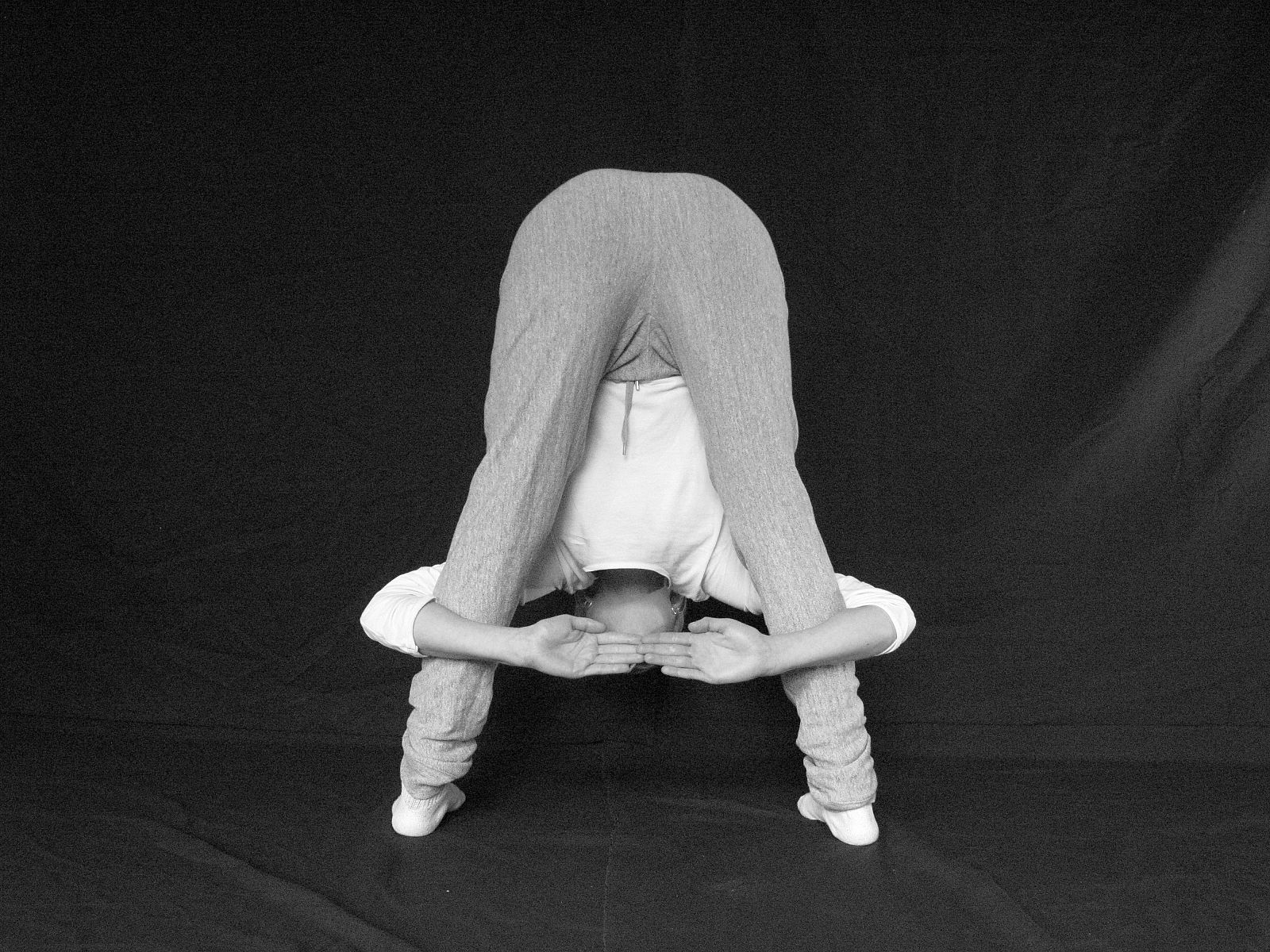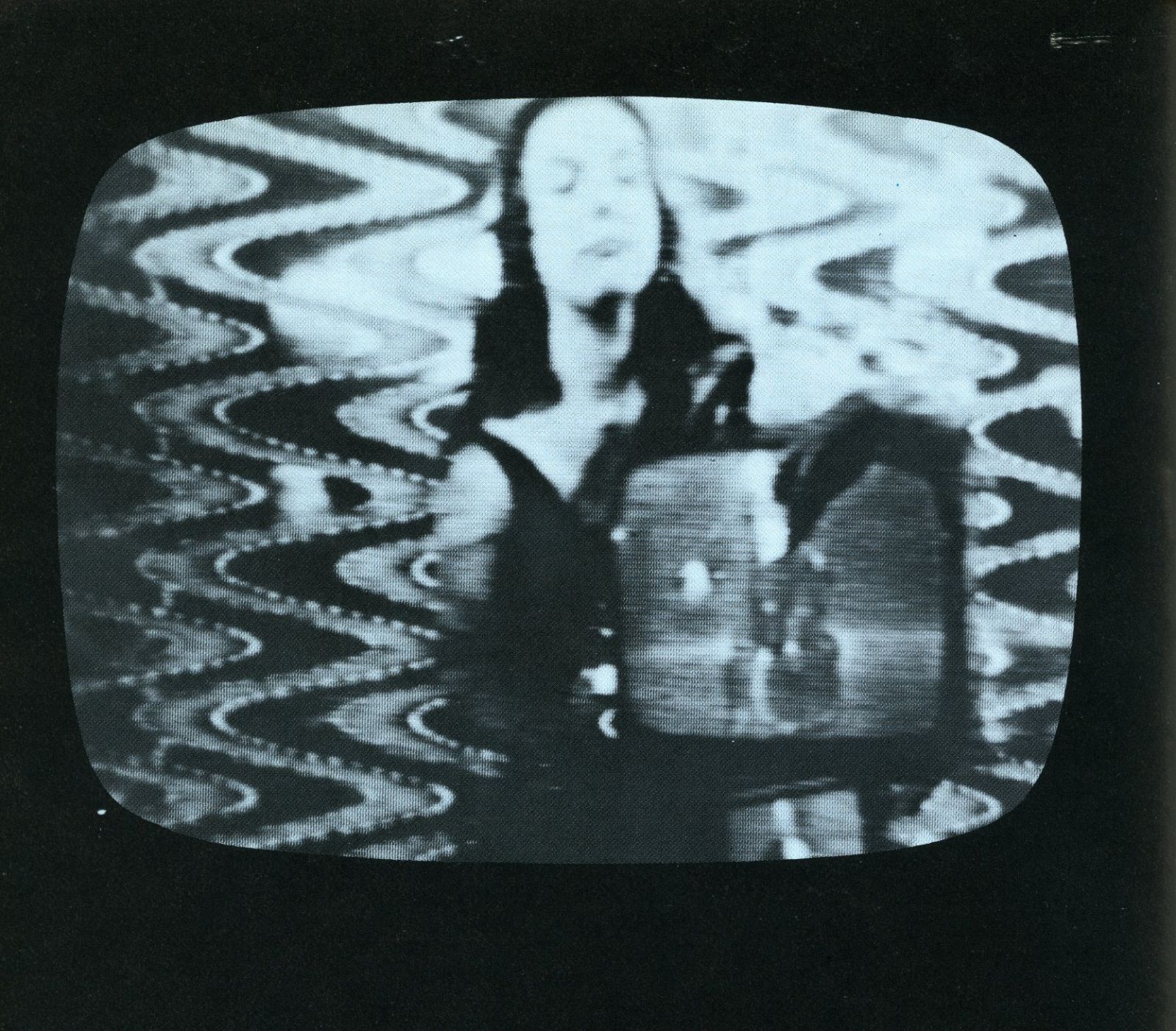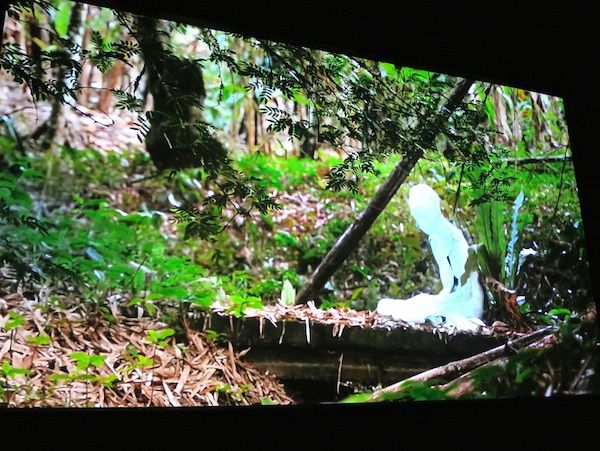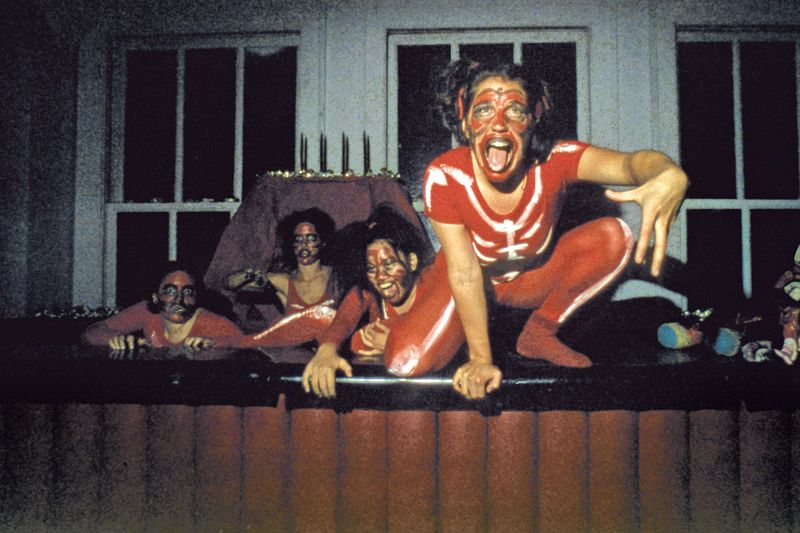The First Generation offers an early history of the development of video as a medium, as well as evidence of the significant role women played in defining a new way of making art during the late 1960s and early 1970s. This was perhaps, the first time that men and women artists worked in a medium on equal footing. Without the burdens of tradition linked with othe media, women video artists were freer to concentrate on process, often using video to explore the body and the self through the genres of history, autobiography, and examinations of gendered identity. Women also used the new medium to create social and political analyses of the myths and fats of patriarchal culture, revealing the socioeconomic realities and political ideologies that dominated everyday life.
The art scene was already in a state of flux when video made its appearance in the late 1960s. Video came along at the end of modernism, and much of the first video art to be exhibited in museums was the work of artists who were interested in issues relating to modernist, minimalist, and structuralist concerns. The work of women artists however, countered those dominant notions about art by including the emotional as well as the intellectual. Using their own bodies and voices in stories, diaries, and performances, women video artists investigated the personal and political issues relating to gender and sexuality and laid the groundwork for much of the video art that followed in the 1980s and 90s. The arrival of video also coincided with the beginnings of feminism. By turning the camera back on themselves and their daily lives, and by presenting the world from their perspective, women artists used video, as Martha Gever has stated, “to propose a redefinition of ‘reality’ by asserting the validity of women’s existence and experiences, by challenging accepted ideas about those experiences or by a combination of both strategies.” Not all of the artists in this exhibition made overtly feminist or political works, but most early 1970s video work by women is feminist simply by virtue of having being made by women at that time.
Thirty years later it is obvious that video was neither a flash in the pan nor a fad, but an important step in a steady progression of encounters between artists and technology which began with the still camera in the 19th century. Video technology has changed considerably since the tapes included in this exhibition were made, with the result that videotapes are now both easier to produce and exhibit. More artists use video to incorporate moving images into their work, and increasingly large numbers of museums and galleries show video art. Audiences have become more receptive to alternative uses of the video medium. However, younger artists and the new generation of audiences have had few opportunities to see seminal works by artists whose activities during the 1960s and 1970s were instrumental in changing our very notions of what art could be and how it could be made. This exhibition provides that opportunity.
- JoAnn Hanley, excerpt from catalogue essay, 1993






